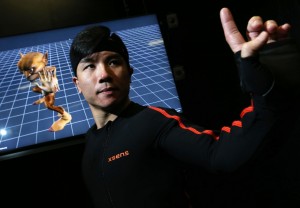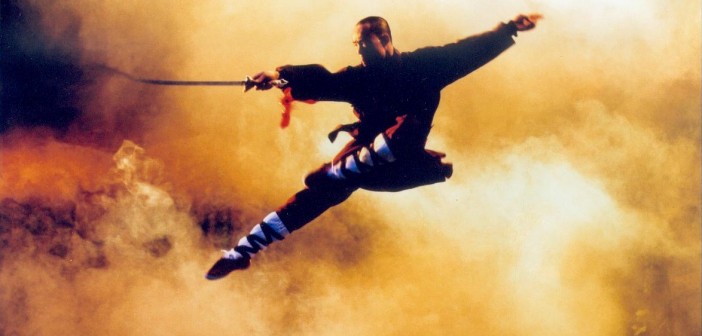Future of Kung Fu
Kung Fu lover and archivist Hing Chao from Hong Kong is hoping to get UNESCO approval for his preservation of Kung Fu. He is hoping the form will be added to the world’s ‘intangible cultural heritage’ list. Others that have gained this honour include the violin craftsmanship of Cremona in Italy, Turkish coffee culture and Brazilian Capoeira. Similarly, Kung Fu has achieved an almost cult status in Chinese folklore.
However, “Martial arts are becoming lost at a more alarming rate than most people realise,” says Hing Chao. Being a chief executive of the international Guoshu Association along with City University, he is working on an exciting project in which 3D motion capture technology is being used to catalogue historic Kung Fu styles as animations.
 Since 2013 already more than 120 sets of Kung Fu styles and forms have been documented in the Hong Kong Martial Arts Living Archive project. Through the assistance of FringeBacker, an online crowdfunding platform, it raised around HK$266,000 between last August and March. More than 40 Kung Fu masters participated and by the end of the year, the digital archive aims to record up to 300 sets.
Since 2013 already more than 120 sets of Kung Fu styles and forms have been documented in the Hong Kong Martial Arts Living Archive project. Through the assistance of FringeBacker, an online crowdfunding platform, it raised around HK$266,000 between last August and March. More than 40 Kung Fu masters participated and by the end of the year, the digital archive aims to record up to 300 sets.
Chao, is obviously very progressive with his use of modern techniques to immortalise these martial art forms. He has a deep emotional bond with this legacy and wishes to set Kung Fu traditions in stone forever.
Kung Fu is much more than the training of a martial art. Kung Fu was founded on the basis of strengthening the relationship between the mind and the body. These ideals can be traced back to classical writing including Neo-Confucianism which emphasises the importance of Kung Fu’s educational focus.
Kung Fu translated essentially means achievement through hard and dedicated work. Hopefully UNESCO reward these principles with permanent protection.
If you like this article you may be interested in “Ethiopia: World’s Best Tourism Destination 2015”.





